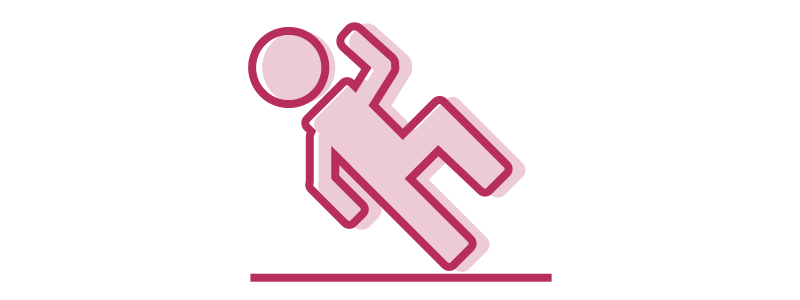Definition: When a product is designed for "glance-ability", delivering a service or helping to solve a problem by purposefully staying in the background or discreetly out of the way.
Reference: Coined by Jake Zukowski, Assistant Creative Director at Frog Design, the term was used to describe the design of a digital automobile screen. The opposite of "sticky ux", slippy ux is intended to be invisible-enough and non-distracting. As a result, the design does not attract unwanted or unsafe attention.
Thoughts/Questions: As UX designers we are taught to make designs sticky and desirable -- how does slippy UX change the way we approach contextual interfaces? Will this change our over-arching thought process and innate goals?

No comments.